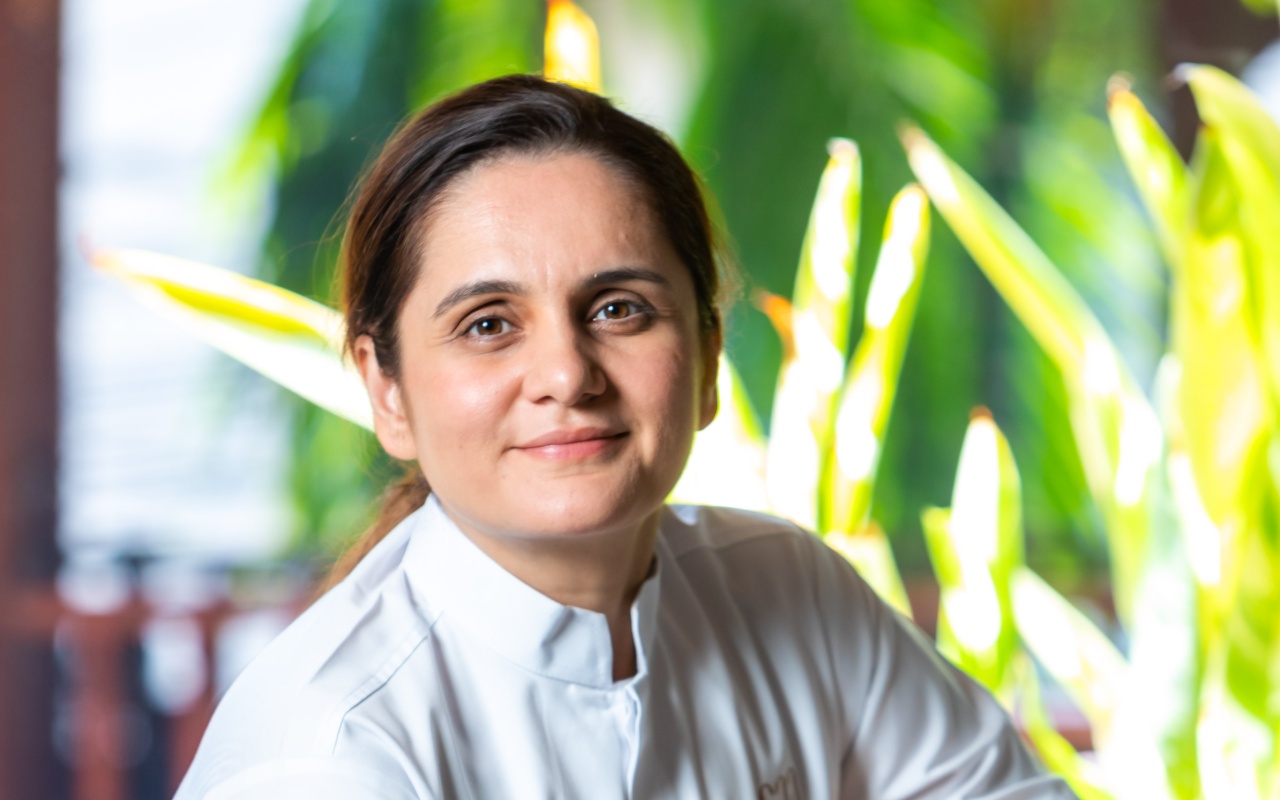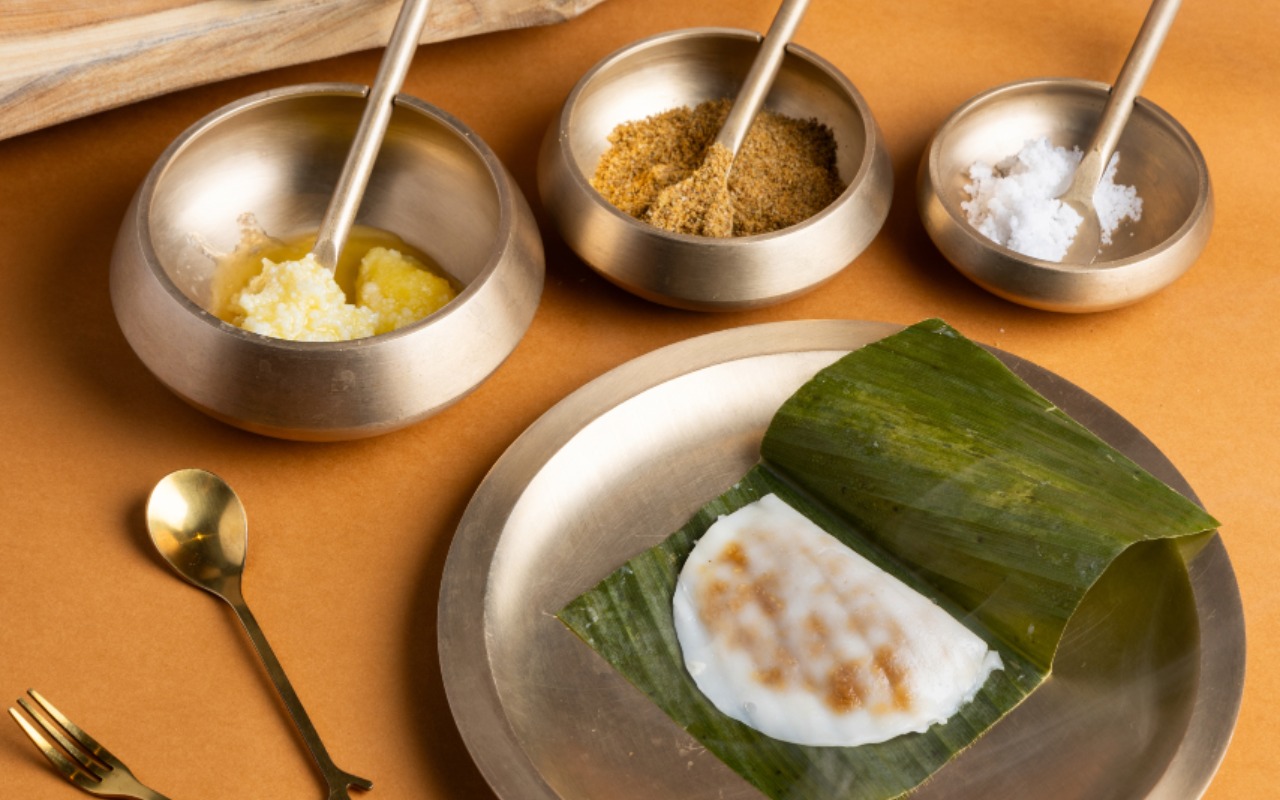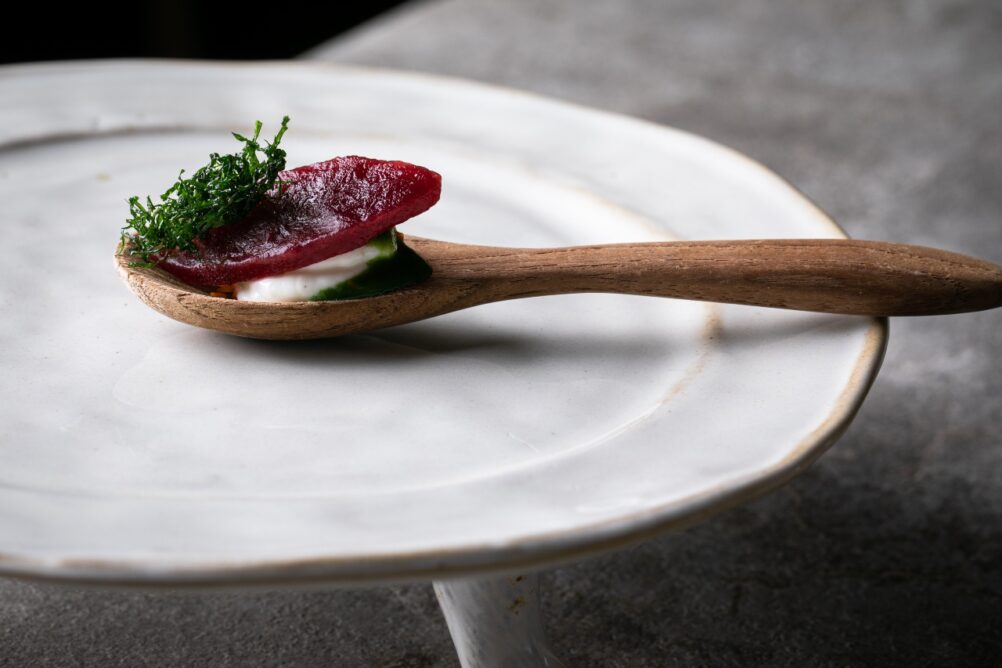Change is on the menu for Bangkok’s most exciting chef
At Gaa restaurant, chef Garima Arora’s meals both challenge and delight.
Words by Ute Junker
Photos supplied
A longer version of this article first appeared in Winning magazine.
Think back to your childhood. What do you miss the most about those more innocent times? Perhaps a favourite toy, or a glorious summer holiday? For Garima Arora, chef and owner of Bangkok’s two-Michelin-starred Gaa restaurant, her favourite childhood memories are about discovering new foods.
“You know that feeling that you have when you taste something for the first time, as a child, or as a teen? That excitement?” she asks, eyes glowing. “It eludes us as we grow older. Things excite us less, food excites us less. That feeling is something I like to chase, and I want to give my diners as well.”
At Restaurant Gaa, Arora makes her guests a promise: come and eat with us and you are guaranteed to try something new. Her degustation menus typically blend local ingredients – some familiar, some not – with Indian techniques to create something surprising.
“Everything we create is new,” she says. “These recipes don’t exist outside of this restaurant.”
You might, for instance, be served a plate with what appears to be a butterfly delicately perched on a bed of pebbles but which on closer inspection turns out to be crayfish nestled between two betel leaf “wings” atop sweet-and-sour puffed rice.
Or it might be the summer curry that confounds all your expectations. Lift your fork to your mouth and instead of heat you will encounter cold, with blue swimmer crab and the grilled banana leaves served on a bed of coconut and green apple-flavoured ice.
Experimentation is the heart of her business, Arora says. “It’s not just about, “Let’s put food out every night”. It’s a whole adventure going on. You’re chasing something new. It could be a new ingredient, it could be a new texture, or a combination of things.”
That approach has garnered Arora plenty of accolades. In 2018, aged just 32, she became the first Indian female chef to earn a Michelin star. The following year, Gaa debuted on Asia’s 50 Best Restaurants list at No. 16. A role as judge on MasterChef India followed in 2023, the same year she was awarded a second Michelin star. Oh, and she also has a two year old with another child on the way.

Right now Arora is working on a new menu, set to launch early in the new year, around the same time her baby is born. She is not giving any clues about which ingredients will be in the spotlight but her research and development team – based in a building of their own just a few blocks away from the restaurant – have form when it comes to finding playful ways to showcase obscure ingredients.
Take the mahua flower ice cream that currently wraps up the degustation menu. It is made with mahua flower, a sweetly-scented white flower that in India is fermented to create an alcoholic drink. The flower is also beloved as a foodstuff by wildlife including sloth bears, deer, langurs and elephants. The latter in particular are known to raid villagers’ stores of mahua alcohol and get themselves inebriated.
The Gaa team also travels extensively throughout Thailand to find new ingredients, from Chiang Mai in the north to the southern coast, and can spend weeks or months experimenting in the kitchen before they settle on a use for it.
“Sometimes it takes a day, sometimes it takes a year or two years. We’re still working on things that we never been able to put on the menu, but sometimes it just clicks right away. We’re in the kitchen and we taste something and say, “This is so good together, why haven’t we thought of this before?” And boom, next day you have a new dish.”
The same inventiveness extends to the beverage list. Skip the wine pairing and the champagne pairing options (both quality offerings) and instead opt for the juice pairing. Drinks include an aromatic mango and jasmine combination, a wonderful dates and toasted rice blend and a juice made of roselle (a type of hibiscus) that pops with notes of star anise, cinnamon and black pepper.
Demand for elevated non-alcoholic options has been rising right around the world but Arora admits her appreciation for the difference a well-constructed juice can make rose massively while she was pregnant with her first child.
“I always thought that if you don’t drink, you can’t really enjoy food. Turns out, it’s not always true, and that’s how we got more and more into the non-alcoholic pairing.”

One of the most delicious juices is made of a plant I have never heard of: the lukkho berry. It grows wild on the lower slopes of the Himalaya and is difficult to source, so Arora takes as much as she can get from her suppliers.
“We bring it in, we ferment it, we freeze it, then we freshen up as much as we need every day. That’s the only way we can do it,” she says.
“It takes a really long time to peel every berry because it has such as a big seed – it’s like 20 per cent pulp and 80 per cent seed. It takes a really long time, but it’s worth it.”
The new menu may finally bid farewell to a dish that has been on offer for over a year, and which celebrates one of the world’s most polarising foods: the durian. Dubbed Tandoori Story, the dish consists of a tandoor-baked durian served with a saag – a Punjabi vegetable dish – made with roselle.
The server pours a spiced sauce over the durian at the table before diners scoop bits of the soft durian into some freshly made roti. The creamy, umami-rich dish has surprised many diners, not least because it appears as the main dish in the degustation, a role usually taken by some form of animal protein.
“People are like, “What? What are you giving me for a main?” laughs Arora, one of the few chefs who always puts a vegetarian dish as her main. “It wakes you up. I like that in a tasting menu.”
The dish has become an unlikely hit, with many diners returning to enjoy the dish again. “Just two days ago the concierge from the Mandarin-Oriental booked a table for one of our regulars, but they checked that the durian is still on, because they are durian lovers,” Arora says. “That’s why we haven’t taken it off the menu.”
Keep reading
You might also like:
What it’s like to eat at New York’s cheapest Michelin-starred restaurant
This Kengo Kuma-designed hotel is one of Japan’s best hot springs retreats
These top chefs are rescuing forgotten plants from extinction



